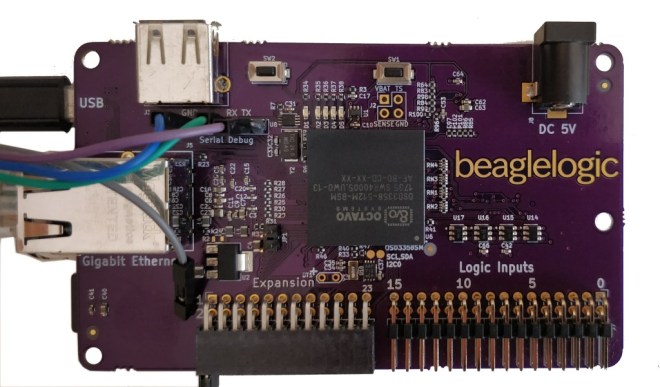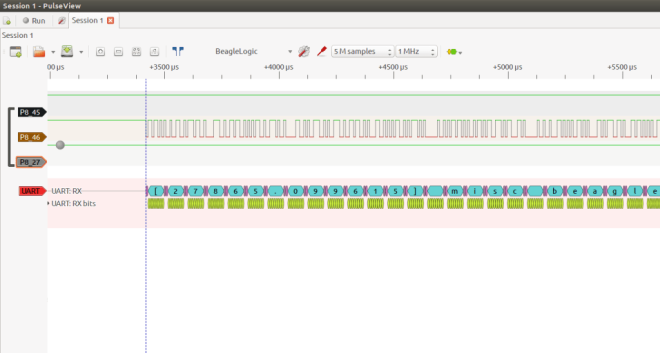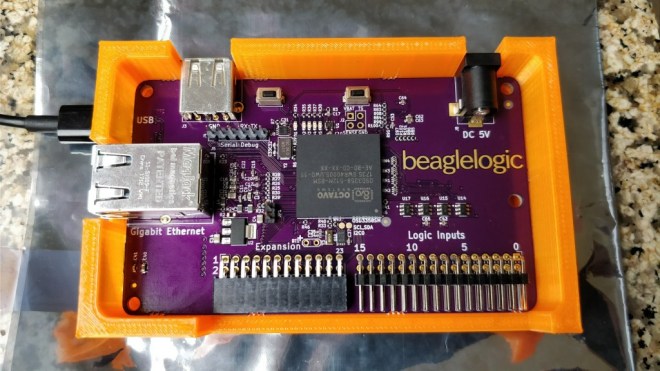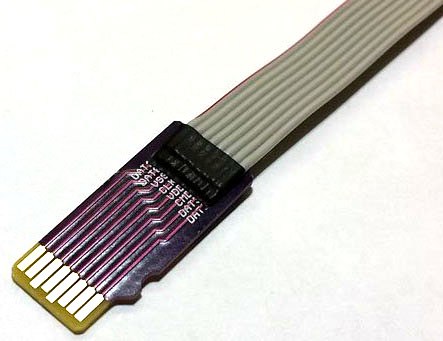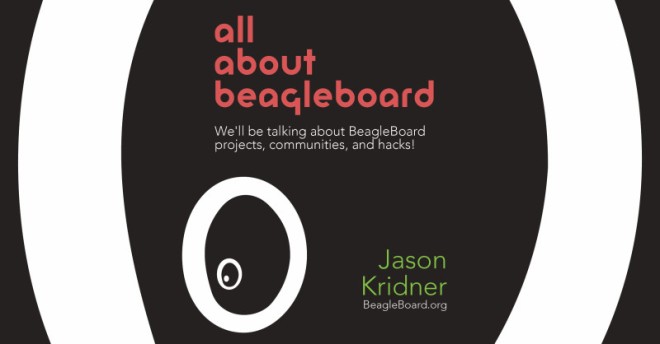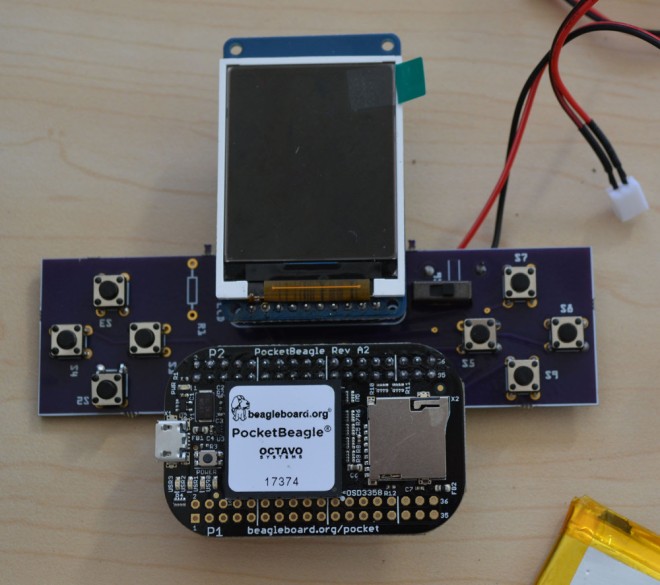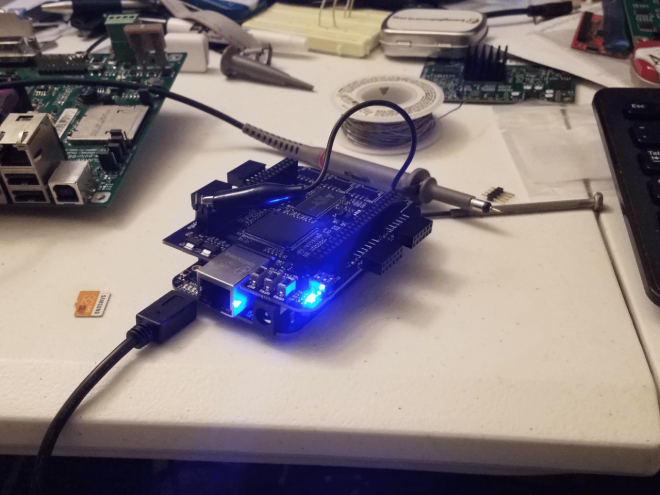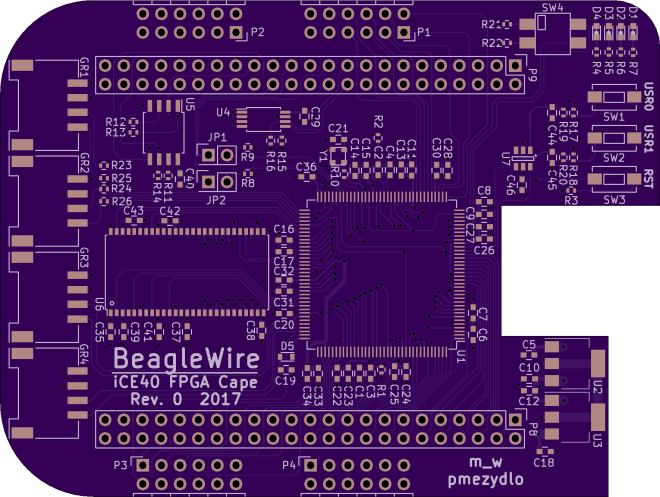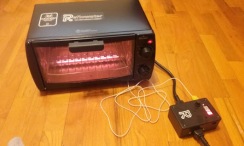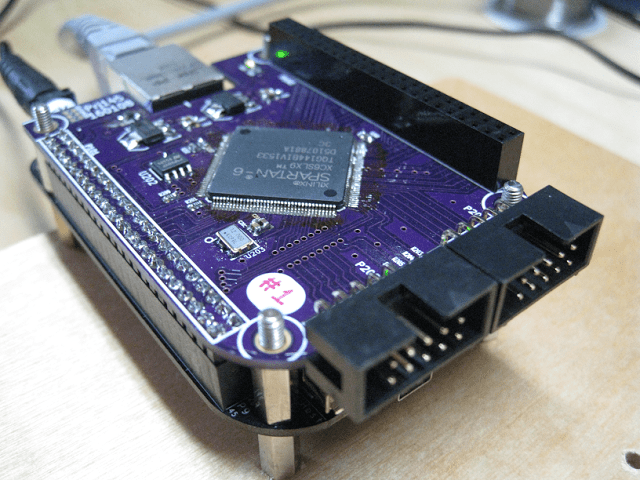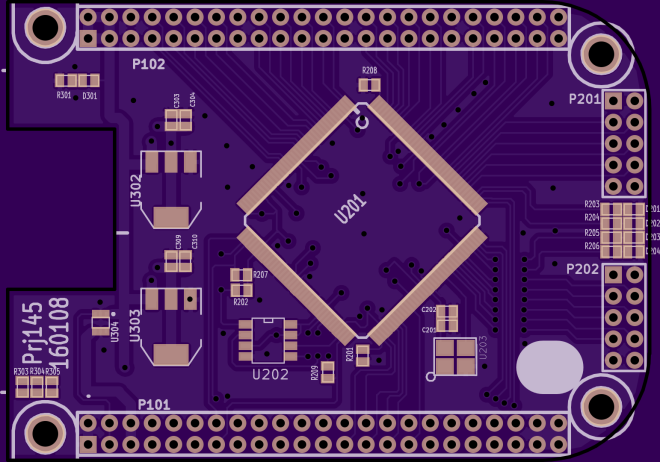Kumar Abhishek, creator of the BeagleLogic Standalone, will be hosting a Hackaday HackChat on Friday, November 17th:
High Speed Data Acquisition Chat
This Hack Chat is at 9:30a PST, Friday, November 17th.
This chat is about data acquisition. Data acquisition (DAQ) is a process by which a signal such as voltage, current, temperature, pressure, or sound is measured with a processing system. A processing system can be an entire computer or a standalone chip. The goal of a good DAQ system is to provide accuracy as quickly and be as cost effective as possible.
Kumar [Abhishek] is an engineering graduate from the Indian Institute of Technology (IIT) Kharagpur, India, whose journey into the world of hardware began when he picked up the soldering iron at the age of 7. As a student under the Google Summer of Code (GSoC) program under BeagleBoard.org, [Abhishek] worked with BeagleBoard.org to realize a logic analyzer using the Programmable Real-Time units on the BeagleBone, called BeagleLogic. He has also served as a Summer of Code mentor for BeagleBoard.org.
In this chat, we’ll be discussing:
- The PRUs on the BeagleBone series of hardware, and their capabilities
- How BeagleLogic uses the PRUs to perform data acquisition
- Ways to program the PRUs
- (Ways of) processing the data acquired from the PRUs


